Hancock County’s naturalist and philosopher takes a look at the different stages of the creative process, from experience to expression.
- by James Inabinet
As for new experience, if nature is to be the muse, then that’s where to go. Perception can be a prime pathway if we shift our perspective out of old patterns into new ones that add freshness. Exercises to accomplish this include seeing with the close-up, detail-oriented eyes of a mouse and the distant whole-seeing of hawk eyes. Going further adds depth: attending – to feelings elicited by what we see, or, for even more depth, shifting our normal, passive looking to a more active “loving gaze” that elicits communion. By shifting our way of perceiving, we focus on what an experiencing soul sees, feels, and hears, while initiating a dialogue with the Other. This “Other” could be another person, another living being, or even the place itself. Dialogue literally means “meaning flowing through,” from me to the Other and from the Other to me. Humans are very good at giving meanings to things, but not so good at receiving them. When in communion, the soul of the artist and that of the Other begin to become enmeshed, the vibration of the one begins to respond to the vibratory state of the Other. Neither is unchanged. In that state, the artist might have a deep experience of Beauty, even if she cannot tell what it is or means, or if it actually even occurred.
Immersion
Deep experience, whether new or old, can inspire and inform the artist’s work now, so that she might make art that restores Beauty. First, the artist must find meaning within the chaos of impressions and feelings wrought by deep experience. This is no easy task because words pale in comparison to feelings, especially deep ones. But we must bring that unspeakable vital experience into consciousness to understand it, to make sense of it. We must grope for ways to hint at it and describe it, trying to imagine something – anything – that reflects or represents it. With immersion, we actively engage with experience. This can be a deeply-felt visualization of the experience – re-living it, feeling those feelings again, then fumbling for words, then back to the experience again – and repeat. With immersion we engage consciousness trying to figure out what the experience meant. Incubation Fortunately, vital experience itself elicits imagination and intuition to help in the process. Imagination and intuition are for making sense of a new experience, making the new fit with what we already know and understand. These unconscious processes root out hidden connections and order within the chaos of impressions vis-à-vis memories. We can help elicit this process but have no control over it. With incubation we give imagination and intuition a chance to work, without conscious interference. To do that, we must disengage, get away from everything – don’t even think about it! Rest, or do something else like take a walk. For incubation to work, we must have both: engage, then disengage, then engage again. In the resting, incubation comes into its own. Insight Finally, an insight arises, unbidden, seemingly from nowhere. When imagination and insight uncover/discover order or connections, the artist perceives it as a gift – aha! – she has a nascent idea. Rarely is the idea fully formed; it’s usually just an inkling or a hint, but it’s enough to begin work, enough to create. Now, focus on the nascent idea; try to clarify it. Association techniques are useful; just say the first thing that comes to mind. It might be a description, maybe a poetic one, that pours out like automatic writing. Indeed, write everything down: words, images, feelings, memories. The associative process works with images as well; a series of sketches and studies add depth and nuance. Simply draw the first thing that comes to mind, letting the hand go where it wants. Sculpture works too; make a series of sculpted studies that hint at the experience. All of these are grist for the imagination mill, which is still operating. Expect little or nothing, but watch for it. Elaboration This step involves manifesting that idea into a work of art – something that can be experienced by someone else; a song, a painting, a sculpture, a poem. As simple or even naïve as it may sound, the best thing to do is simply begin it. There’s real power behind the commitment of just beginning. Artists are never completely ready with fully formed ideas, but they nevertheless begin. One of my favorite quotes, often attributed to Goethe, sums it up: “Whatever you can do, or dream you can do, begin it. Boldness has genius, power, and magic in it.” The process of starting things based on a hint is the best beginning because it elicits more imagination and relies on intuition – whether it be a study, a rough sketch, a poetic phrase or a model for a sculpture. An artist at work will notice the original idea becoming more nuanced, more complete as she works. No longer a nascent idea, it becomes something she can create: a work of art that restores Beauty. Enjoy this feature?
Enjoy the Shoofly Magazine? Reader donations help underwrite correspondents who write about and photograph our community.
Use the button below to join our Readers’ Circle! Comments are closed.
|
Categories
All
Archives
July 2024
|
Shoofly Magazine Partners
Our Shoofly Partners are local businesses and organizations who share our mission to enrich community life in Bay St. Louis, Waveland, Diamondhead and Pass Christian. These are limited in number to maximize visibility. Email us now to become a Shoofly Partner!


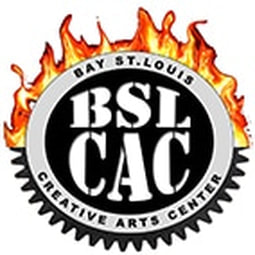

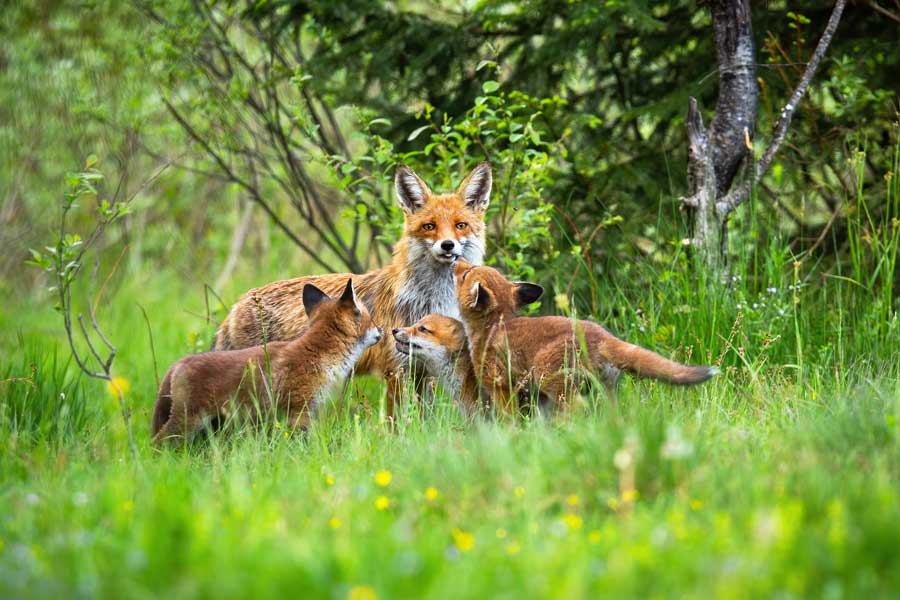
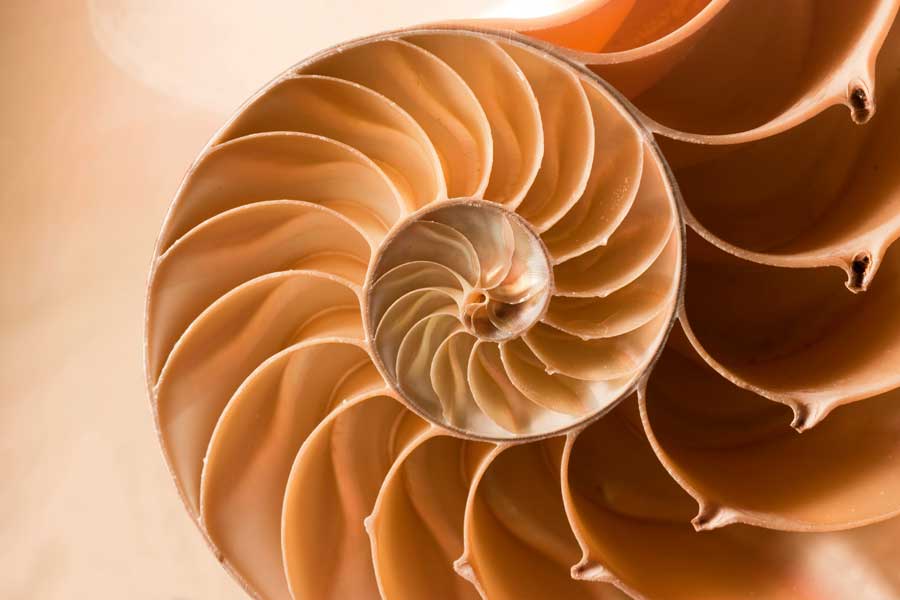

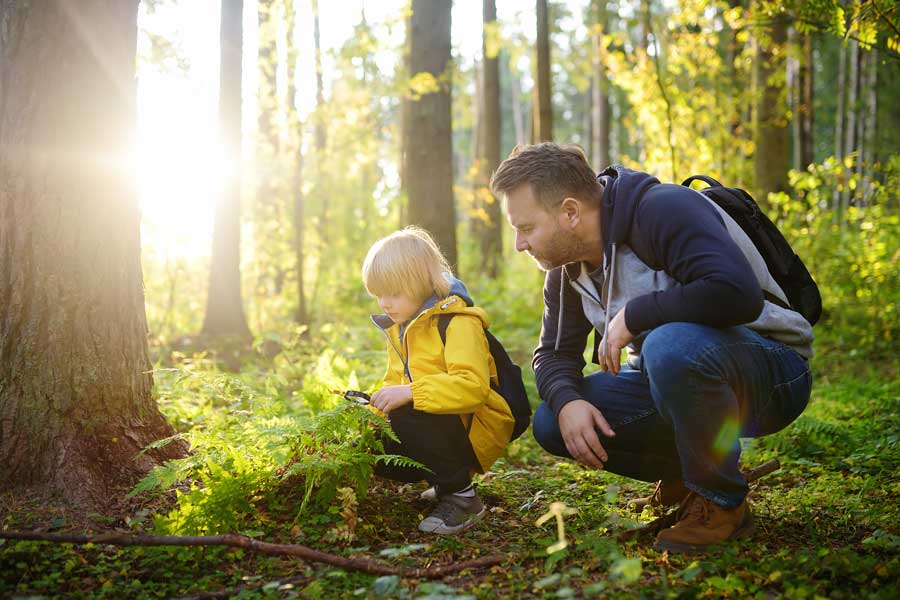
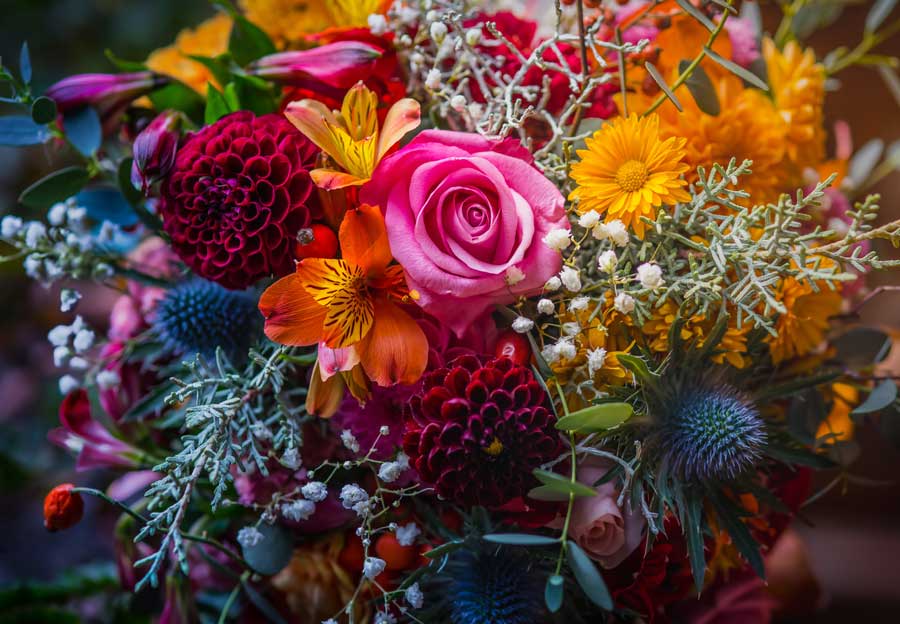
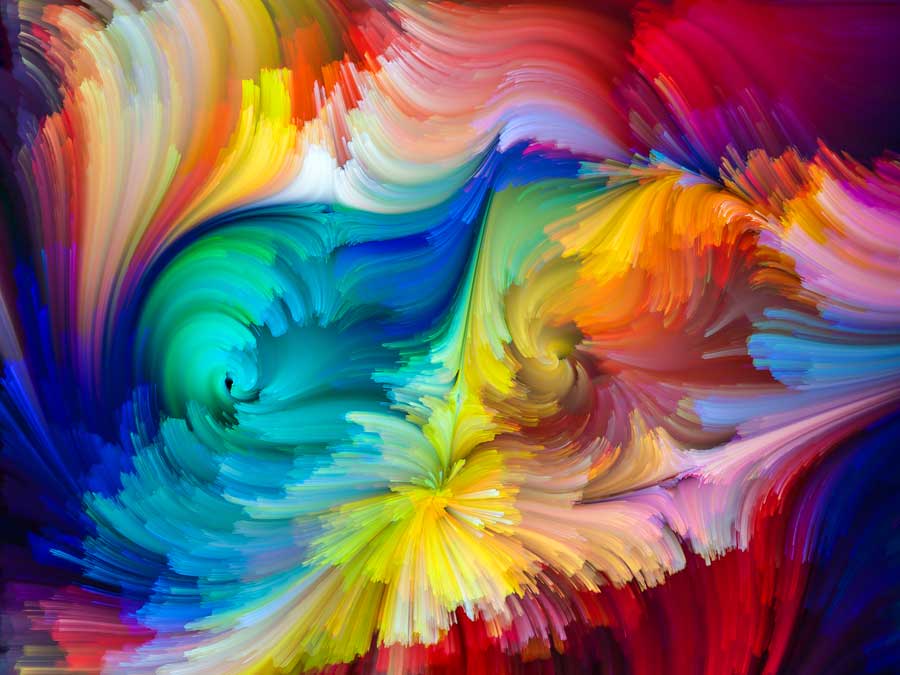


























 RSS Feed
RSS Feed























